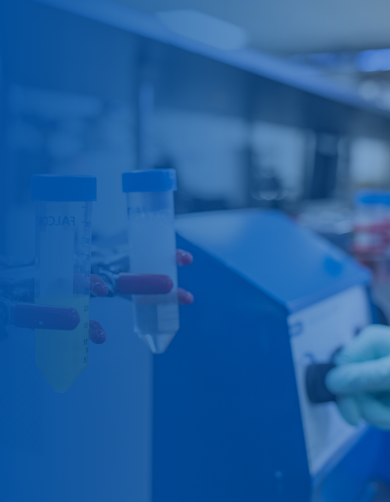

Implementing
Rigorous Scientific Assessment
of Smoking Alternatives
The multi-targeted scientific studies are designed specifically to assess the risk profile of our new category products
A weight of evidence approach
to assess risk
Click through to learn more







Putting Our Science to Test
We use rigorous, multi-targeted scientific studies to assess emissions, exposure, and the risks of our products. This unique framework builds a comprehensive set of scientific evidence and a more holistic picture of tobacco products.
1 Bachand, A. M., & Sulsky, S. I. (2013). A dynamic population model for estimating all-cause mortality due to lifetime exposure history. Regulatory Toxicology and Pharmacology, 67(2), 246–251.
2 Bachand, A. M., Sulsky, S. I., & Curtin, G. M. (2018). Assessing the likelihood and magnitude of a population health benefit following the market introduction of a modified-risk tobacco product: Enhancements to the Dynamic Population Modeler, DPM(+1). Risk Analysis: An Official Publication of the Society for Risk Analysis, 38(1), 151–162.
This website is owned and operated by RAI Services Company, an independent subsidiary of Reynolds American Inc. References to “Reynolds,” “the group,” “the company,” “we,” “us,” and “our” are simply for convenience and are not intended to imply or suggest that the subsidiaries’ businesses are operated other than as separate, distinct businesses.




